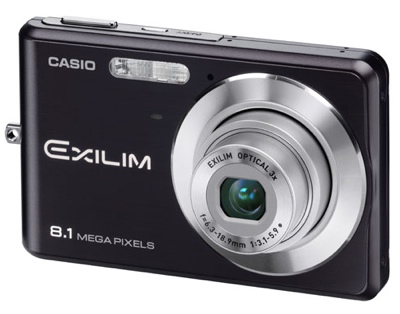From creating my own pinhole camera and taking pictures with it I have learnt a lot. Before we started this project I wasn’t even sure what a pinhole camera was, or how it worked, now I’m beginning to understand both. I now know how to make my very own pinhole camera from scratch and could hopefully make an even better one second time round, and could perhaps use a curved tin/box to experiment with different effects. The box I made worked very well though as it was completely light proof and luckily I didn’t have to fiddle around with it to get it to work. If I were to make another pinhole camera I would want my box to have a bigger width and depth so I could capture a larger picture, the ones I took with my camera were quite small therefore I had to be very precise when taking my picture, I had to point it at only a small area, when I would have liked to have taken pictures of larger views.
I am very pleased that all 6 photographs I took came out successful and weren’t all either completely black or completely white! If I were to re-take them, I would pay more detail to my foreground because in black and white pinhole pictures like this I think it adds more depth to them and makes them more interesting and detailed.
I have learnt lots of new things whilst making my pinhole camera and taking pictures, I learnt how to make the camera itself, how to take the pictures and how to develop them myself, and also how to scan them onto the computer ready for editing.
I think it is very important to learn the history behind photography and cinematography and where it started to be able to appreciate the technology we have today. It’s also very fun to develop your own pictures, instead of just using a lead and uploading them straight onto your computer. It’s always good to learn different techniques and skills and be able to understand and se for yourself how pinhole photography is created.


















